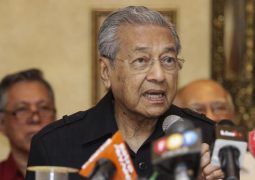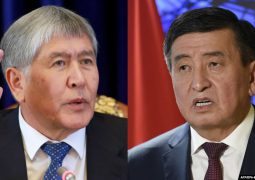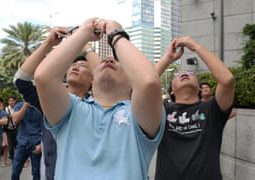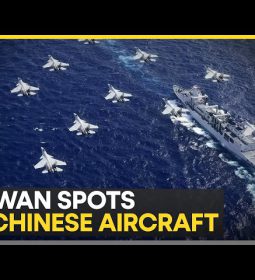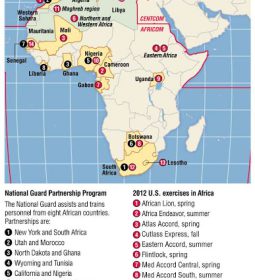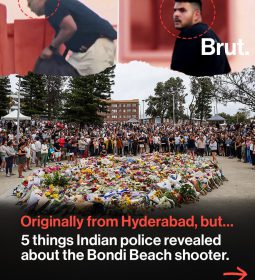US-China Navy Rivalry in the Pacific Grows: Naval rivalry with China, North Korean missile threats await next president
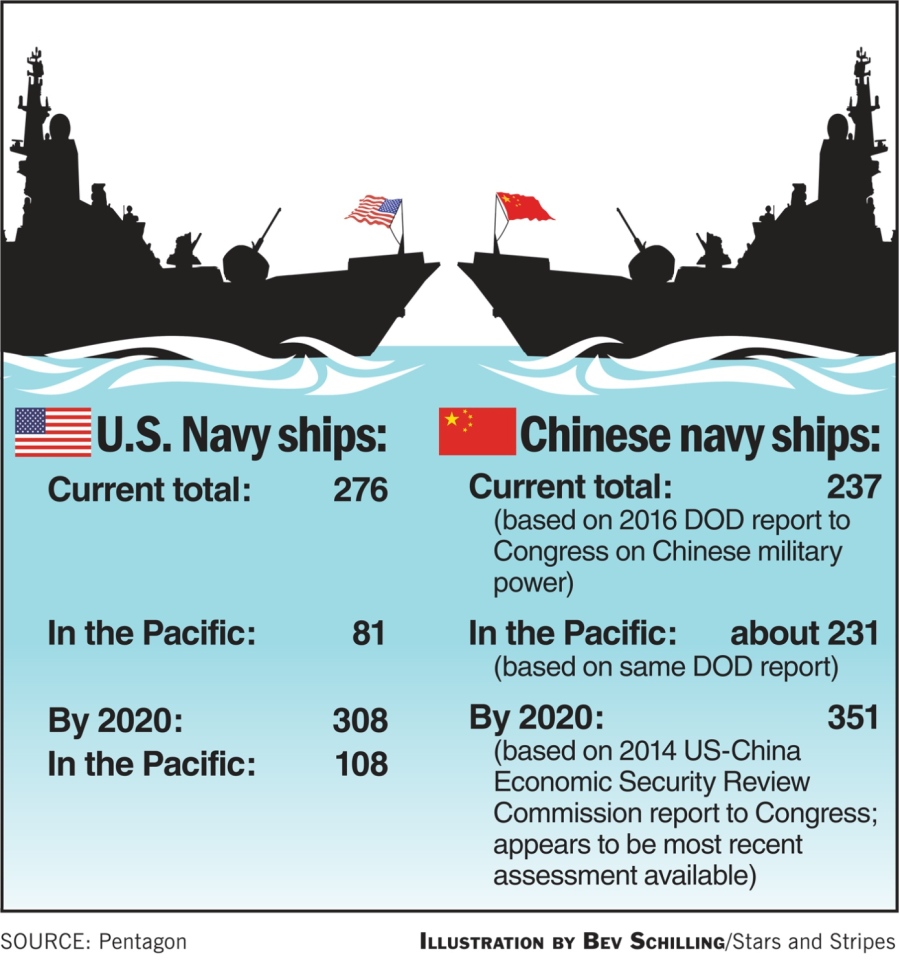
In early August, Chinese Defense Minister Chang Wanquan called for preparations for “a people’s war at sea” in light of an international tribunal’s decision last summer that China’s territorial claims over small reefs in the South China Sea were not supported by international law.
The U.S. military must now cope with China’s growing capability to prevent opposing forces from entering a specific area, referred to as anti-access/area denial, or A2/AD. Long-range anti-ship cruise missiles and ballistic missiles are ideal for A2/AD.
“I think the real big challenge in the next two to three years is how the U.S. tries to deal with this maturing A2/AD threat throughout the Pacific,” said Zack Cooper, an Asia expert at the Center for Strategic and International Studies, a Washington think tank.
A suitable U.S. response is still being debated in Washington, which has spawned several concepts for responding but not a full-throttled strategy, he said.

Cooper said there has been “a sense that the Defense Department has become a little bit disconnected” from the White House and the State Department on some elements of Asia strategy, which will require a refocus to ensure that the DOD and Pacific Command are “completely in line on their thinking.”
The commander of China’s navy, Adm. Wu Shengli, is implementing a plan that calls for sea denial in the so-called first island chain of defense from the Yellow Sea down to the South China Sea by the year 2020, Malik said.
“It puts pressure on the U.S. to increase its presence, to reassure its friend and allies that the U.S. will come to their aid if they come under pressure from China,” he said. “It’s already happening.”
Adm. Harry Harris, commander of Pacific Command, has repeatedly said U.S. forces will continue routine operations and patrols in the South China Sea and elsewhere. He told a Senate committee this year that “the best way to go forward is to present and maintain our credible military power and to maintain our network of like-minded allies, partners and friends in the region and encourage them to operate in the South China Sea.”
Asian military alliance
Broad agreement exists that it will take an alliance of Asian countries to countervail China’s clout and defend the region from missile attacks by North Korea.
In a speech in Tokyo in July, Harris said that to effectively combat the North Korean threat, America, Japan and South Korea must cooperate in the full spectrum of military operations, with the sharing of more tactical information among the three being “essential.”
The challenge for the United States in the next decade is to evolve away from the “hub-and-spoke alliance system” — in which American forces are the hub — into a true multilateral alliance, said Derek Reveron, a professor of national security affairs at the U.S. Naval War College.
One path to a more robust multilateral alliance in the Pacific is sales of weapons to partner countries that will enable greater cooperation in exercises and operations, he said.
“It has the added benefit of helping countries overcome their security deficits,” he said. “For every F-35 [fighter jet] Japan, South Korea and Australia fields, the U.S. can reduce the number of its combat aircraft needs.”
 Stepped up nuclear weapon and missile tests by North Korea’s young leader, Kim Jong Un, during the past year have heightened the need for a broader alliance.
Stepped up nuclear weapon and missile tests by North Korea’s young leader, Kim Jong Un, during the past year have heightened the need for a broader alliance.
“If there’s anything positive about Kim Jong Un and North Korea, it’s that he’s pushing South Korea, Japan and ourselves closer together,” said Stephen Cheney, a retired Marine Corps brigadier general and chief executive officer of the American Security Project, a Washington-based think tank. That same dynamic has pushed the United States and Philippines closer militarily as China’s presence in the waters off that nation has grown, he said.
“The future is that as China becomes more aggressive, you’re going to see trilateral groupings: US-Japan-Korea, U.S-Japan-Australia, Australia-Indonesia-India, U.S.-Japan-India,” Malik said. “We are moving away from bilateral to trilateral and quadrilateral groupings to deal with this power shift that is underway.”
The long-term goal is “a kind of Asian NATO,” said Chung Min Lee, a professor at Yonsei University in Seoul and author of “Fault Lines in a Rising Asia,” published this year.
The path to that broader coalition is complicated by changes in leadership in two longtime American allies – Thailand and the Philippines.
A 2014 military coup in Thailand overthrew the democratically elected president, and promised elections by the controlling junta appear distant.
Meanwhile, the Philippines is undergoing a wave of human-rights abuses, fully sanctioned by newly elected President Rodrigo Duterte. More than 1,800 people have been killed by police and vigilante groups in the past two months as part of his war on drugs.
In April, the United States and Philippines signed an agreement to allow U.S. troops to rotate through five bases in that country, and the incoming U.S. president will be faced with balancing the need to support the Philippines as an ally and censuring state-sanctioned human rights abuses.
What’s not likely to change in the near future is America’s military posture regarding North Korea, said Cooper.
“I don’t think an incoming administration would early on necessarily focus on North Korea, just because it’s such a hard problem and the options are so limited,” he said. “I think a new administration would look elsewhere, where it would hope to get more effects for its time than to focus on big changes in North Korea.”
Submarine dominance
Adm. Harris has described U.S. submarine capability as the “biggest asymmetric” advantage America has over any competitor in the world.
“The submarine gives us an advantage over any other adversary we might face,” he told a House committee this year. “Unfortunately, those adversaries recognize that and they are improving and increasing their own undersea warfare capabilities.”
The number of Russian and Chinese submarines is a “matter of concern,” Harris said. “I think the Russian submarine force never took a hiatus at the end of the Cold War, and we’re seeing some very impressive platforms come out of Russia.”
China is believed to have between 64 and 70 submarines, Malik said. In the last decade, the Chinese added one or two submarines to the fleet every year and are projected to have 90 submarines by 2025, Malik said.
By contrast, Pacific Fleet has 40 submarines, with that number expected to increase by only one by 2020.
Asian countries are expected to buy 120 new submarines by 2025, Malik said. Many of them will belong to American allies and partners and will contribute to maintaining the status quo in the Pacific.
But Harris has said Pacific Command must maintain the advantage of undersea warfare and needs weapons that are faster, farther reaching and more lethal.
“If funding uncertainties continue, the U.S. will experience reduced warfighting capabilities,” he said.
Islamist extremism
As the Islamic State group continues to lose ground in Iraq and Syria, security experts believe the terrorist organization could shift its emphasis to the Pacific region.
Cheney, the former Marine brigadier general, called this the “whack-a-mole” principle — once the extremists have been smacked down in the Middle East, they could pop up in Indonesia, Malaysia or the Philippines, all with significant Muslim populations.
Harris said in a July speech that he believed the Islamic State group was undergoing its own rebalance to the Pacific, calling it a “cancerous spread.”
The Islamic State group in the past recruited fighters from the Pacific to the Middle East, but recently its efforts in Asia have been aimed at terrorizing Muslims rather than recruiting them.
In January in Jakarta, Indonesia, attackers killed four people and injured 23 using bombs and firearms.
In July, five militants took hostages and opened fire in a tony neighborhood in Dhaka, Bangladesh. Before the siege ended, 29 people were killed, including 20 hostages, two police officers and the five gunmen.
The Islamic State group claimed responsibility for both attacks.
Special Operations Command in the Pacific has been coordinating the Red Phoenix campaign, which has involved joint and combined operations with certain Pacific nations to combat transnational terrorist networks, Harris said in June, but details of the campaign have not been made public.
Climate-related security
Climate change has increased the odds of extreme weather-related events, such as typhoons, flooding, drought and wildfires.
And with its logistical expertise and amphibious and air capabilities, the U.S. military is routinely asked to provide humanitarian assistance and disaster relief operations in the Pacific. That mission will only grow in the coming decade, with the expected uptick in catastrophic typhoons like Haiyan, which devastated portions of the Philippines in 2013.
In the Long term, Pacific forces will have to prepare for a rising sea level, which will inundate low-lying areas and create waves of refugees. A 2010 Defense Department report said 30 U.S. military installations worldwide were at risk from rising sea level, including the naval logistics hub Diego Garcia in the Indian Ocean.
Pressure could build for humanitarian assistance and security from the U.S. military as partner nations face sea-level rise. Climate change could act as a threat multiplier by compounding security problems due to insufficient food and water, damaged infrastructure, infectious diseases and mass migrations.
Cheney called Bangladesh the “poster child” of climate-change calamity, where in 10 years sea level could rise more than one foot. The country expects 30 million “climate refugees” during the next three decades as they move away from the coastal region, he said.
“That will cause incredible turmoil in the Pacific region,” Cheney said.
At the same time, U.S. military assistance in such cases could be beneficial in making the case to Asian nations why U.S. presence is so important for the region.
“When there’s a big crisis and the U.S. can get forces there rapidly and in large numbers and help people who are in need, I think that’s tremendously important,” Cooper said. “[Disaster relief] has been central to forging a strong alliance relationship.”
- Previous Russia, China delay U.S. push for halt to North Korea fuel imports
- Next Firepower the U.S. Has Moved into the Gulf Region Amid Iran Threats




